"It's dark as a dungeon and damp as the dew
Where the danger is double and pleasures are few,
Where the rain never falls and the sun never shines,
It's dark as a dungeon way down in the mine."
-- Merle Travis
Hear interviews with Ray County Coal Miners by following this link:
https://youtu.be/BTmqkrrYW8k
The first railroad, then called the St. Louis and St. Joseph Railway, came through Ray County in 1868. In 1869, Joseph S. Hughes, John Gibson and William Wilson, foreseeing the railroad’s need for coal, sank the first shaft near Richmond. Coal would become the largest industry in Ray County
Coal is a rock that burns. It is found in two principal types: bituminous and anthracite. Bituminous coal, which is also called soft coal, has a significantly lower proportion of combustible carbon than anthracite coal, which is harder and is often called hard coal. Bituminous coal also is made into coke by burning the coal under controlled conditions to expel impurities which impede combustion, leaving a higher proportion of combustible carbon.
Mining coal has long been dirty, dark and dangerous work and thousands have died to bring coal to the surface. Miners constantly faced death and injury.
Miners spent the work day hunched over in narrow seams.
The backbreaking work in the deep mines was done by hand, and a pick, shovel, and hand drill were the tools of the trade. Suffocating coal dust clouded the air as miners worked in shafts and tunnels lighted dimly by gal lamps. The dust settled in workers’ lungs, causing “black lung” or miner’s asthma, which invariable led to a slow, painful death.
The miners lunch bucket had three compartments, the top compartment was for deserts, the center section was for a sandwich and the bottom compartment was for drinks.
Carbide lamps replaced the “coal oil” lamps because they produced a
better and bigger light. The carbide is placed in the lamp and mixed with water. This made gas that was lit and formed a light for the miners.
The basic tool for the miners was a pick. The picks broke the coal loose from the veins.
A hammer and wedge was used to reduce the size of a large block of coal so that it could be loaded into the coal cars by hand.
I.D. tags issued to the miners were numbered. When a miner filled a coal car he hung his I.D. on the side of the car. When the coal was dumped the miner got credit for the weight of coal.





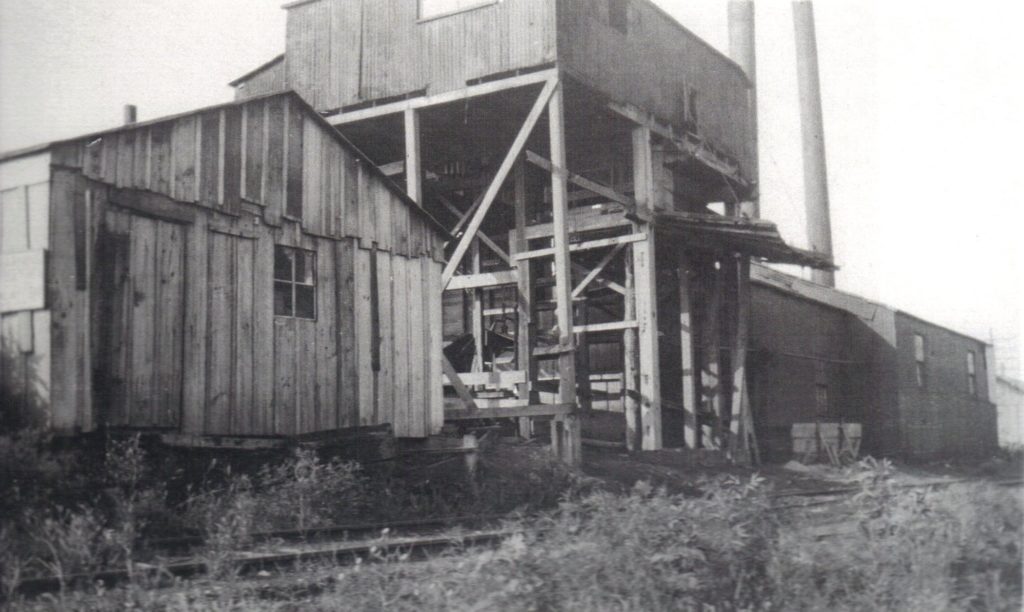













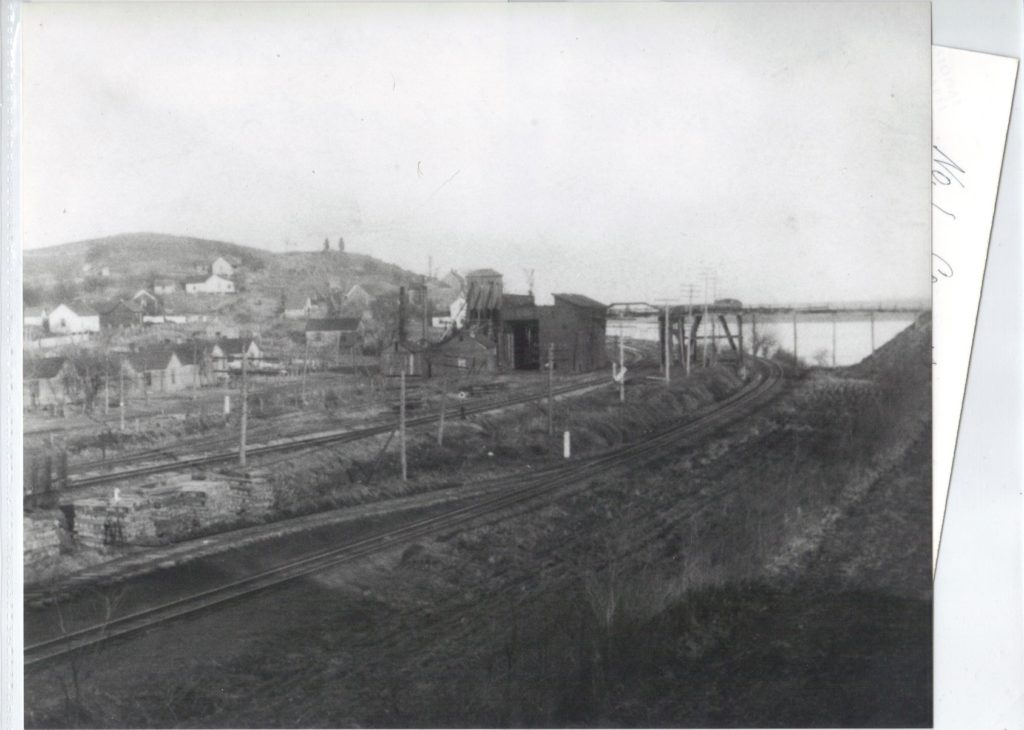


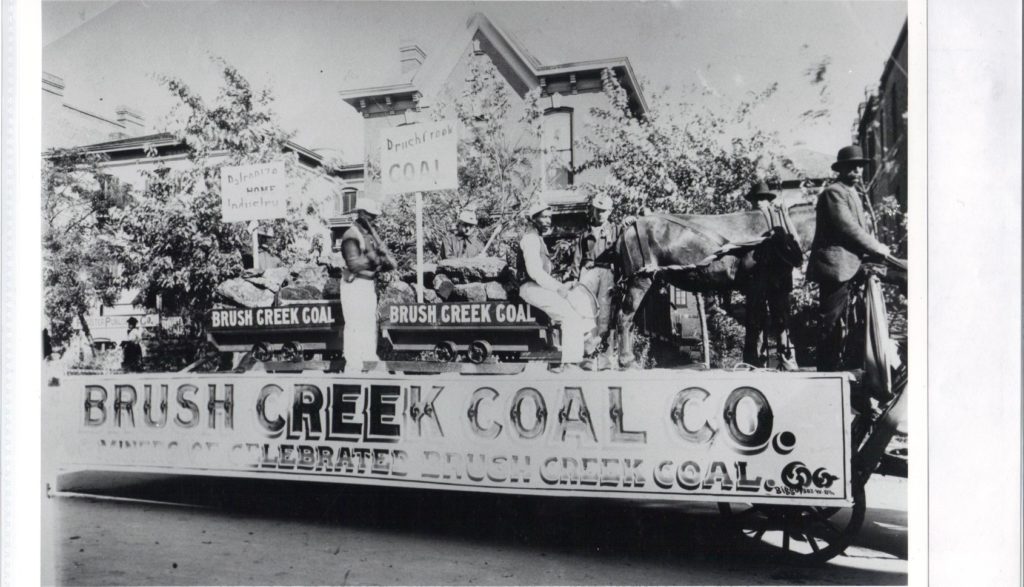









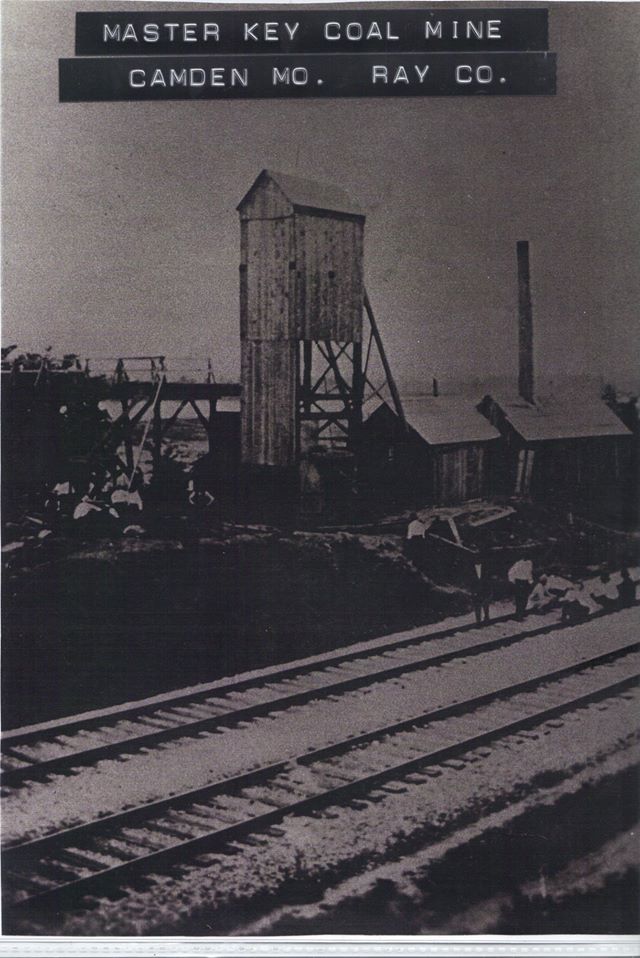




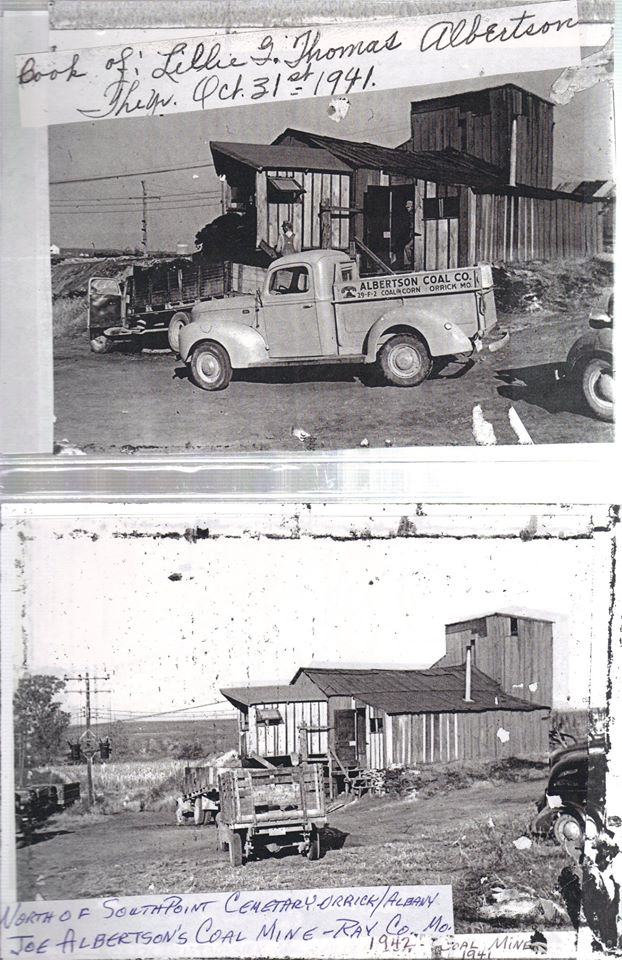
Joe Albertson Coal Mine was located north of South Point Cemetery near Orrick MO 

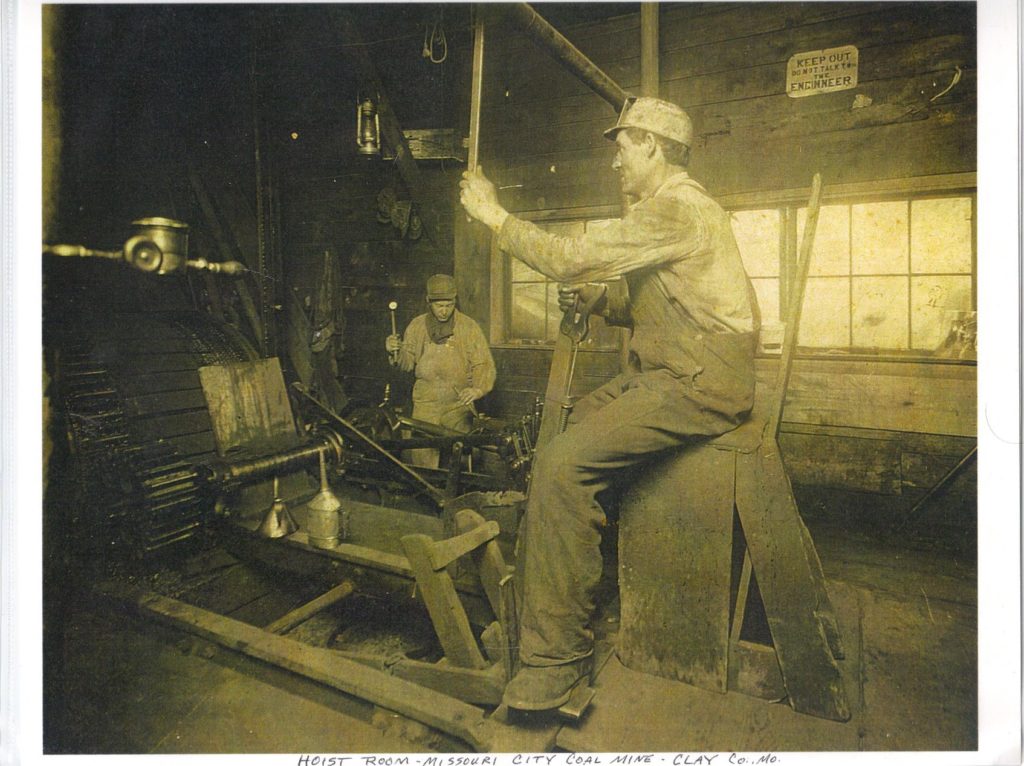



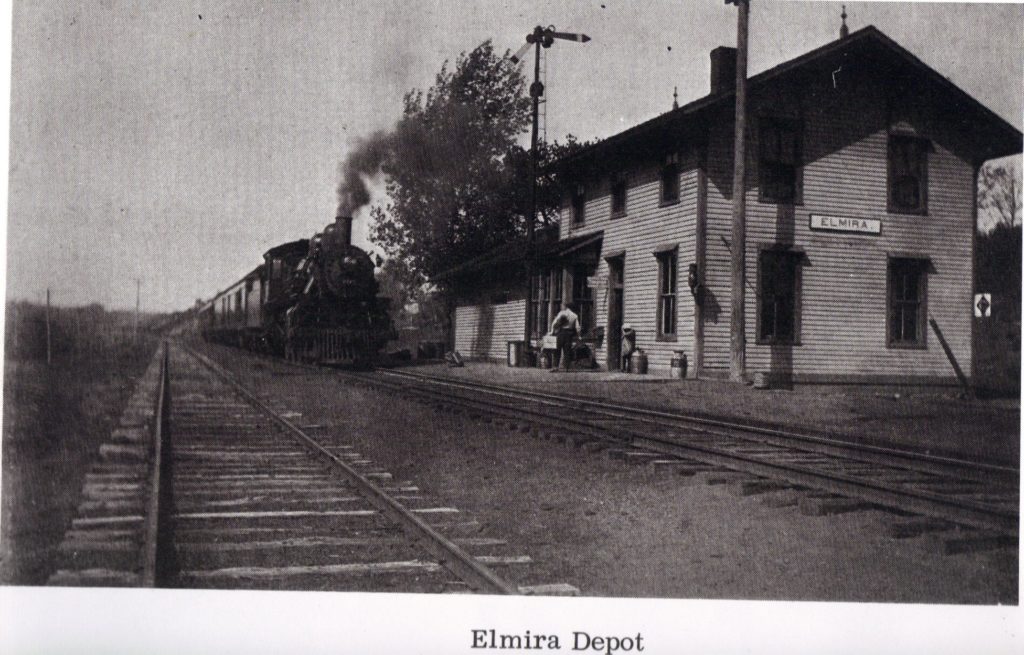
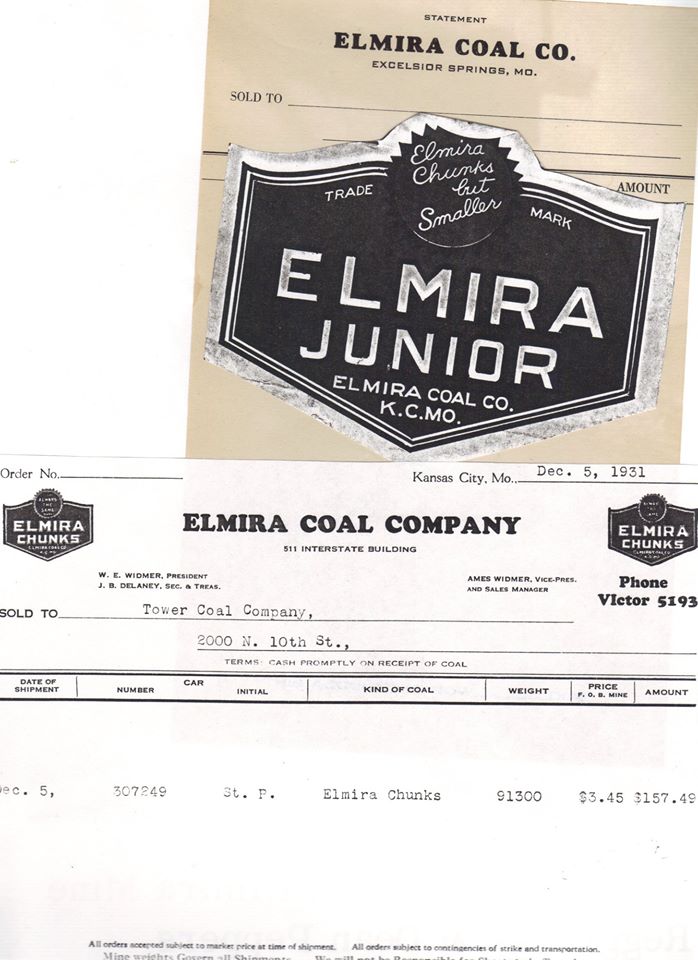
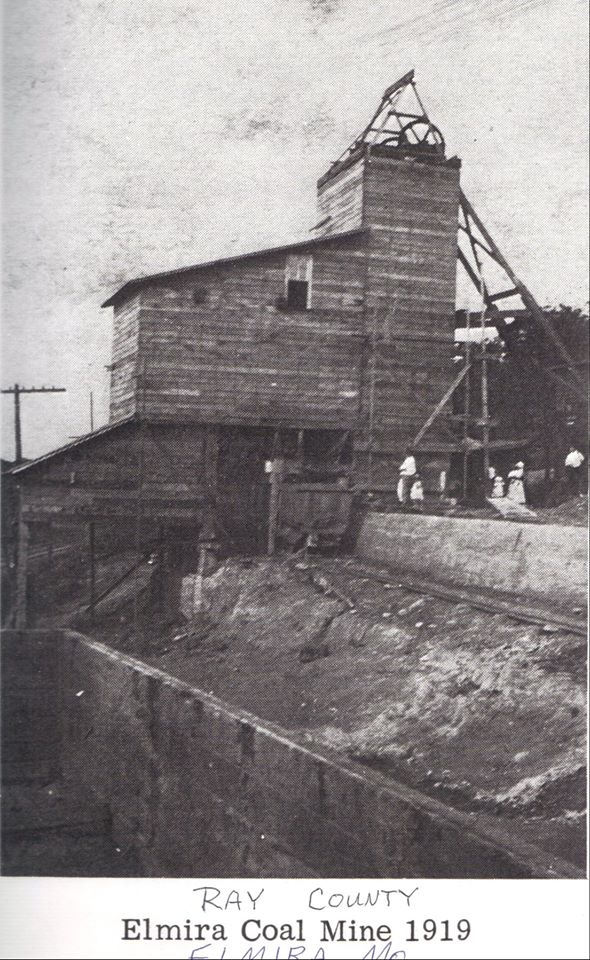








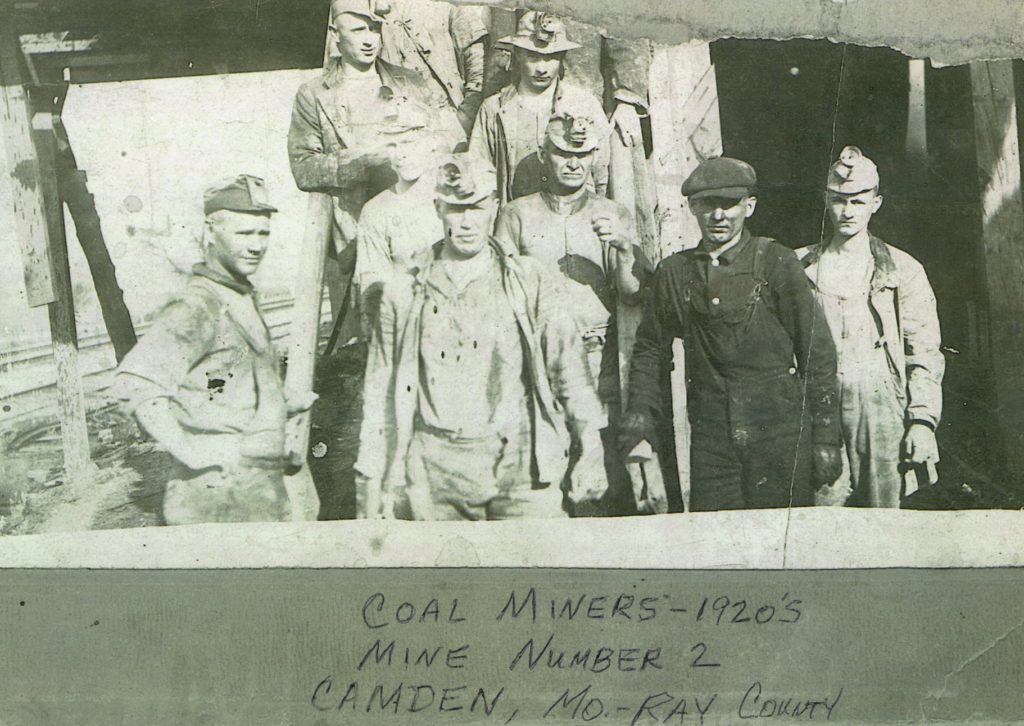

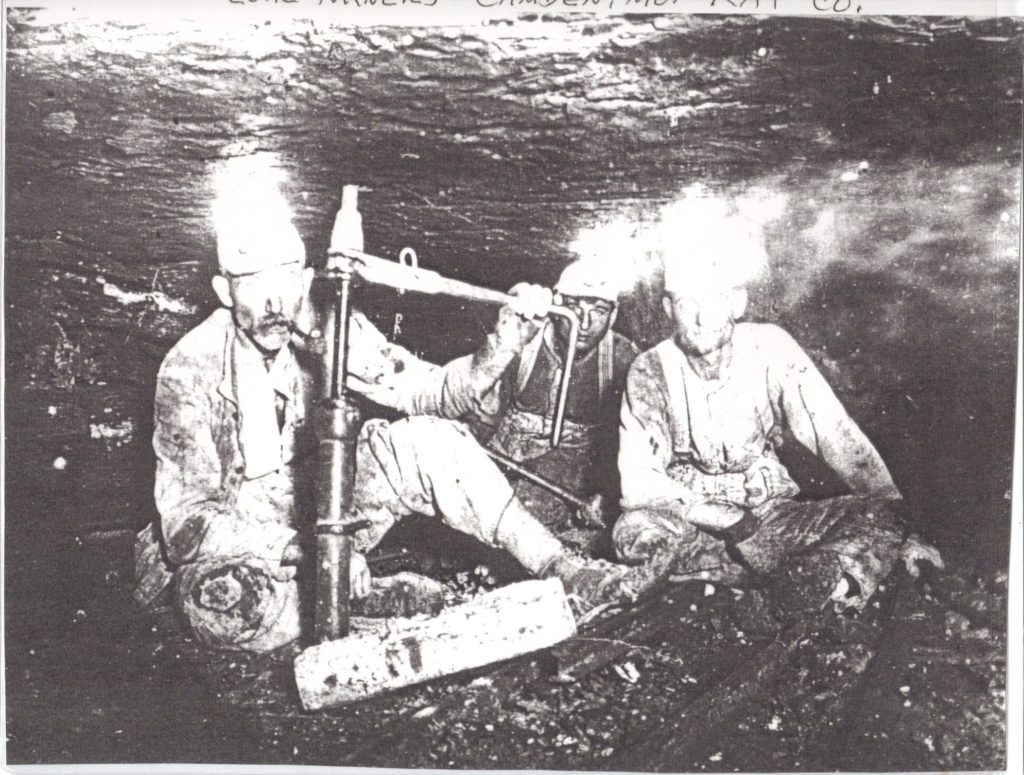


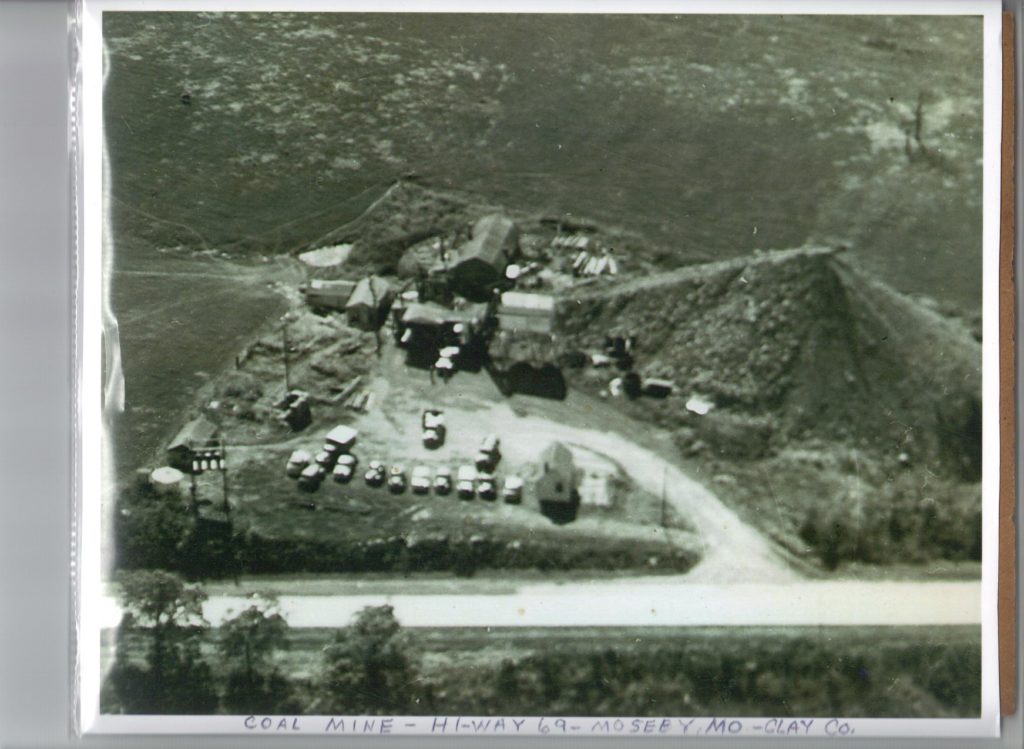






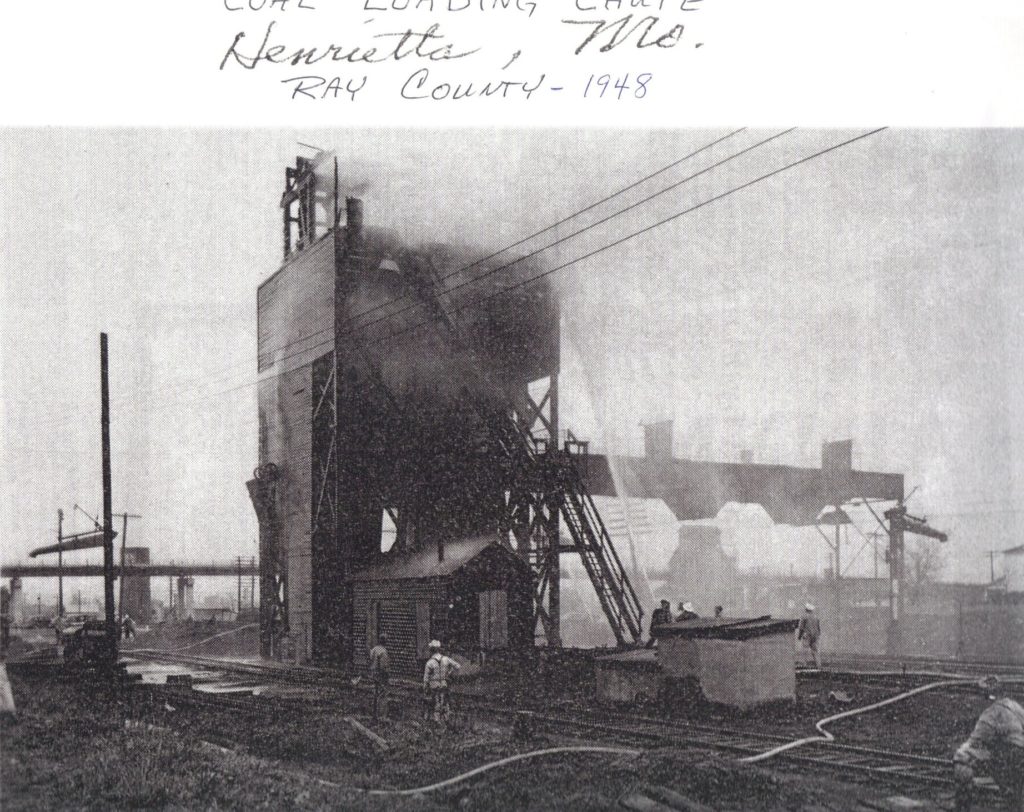










Coal Mine No. 2, one-half mile west of Camden 









AG-Widmer-owner-of-the-Elmira-Coal-Mining-Co.-dies-in-car-wreck-Sept-21-Largest-mine-in-the-state-of-Missouri 